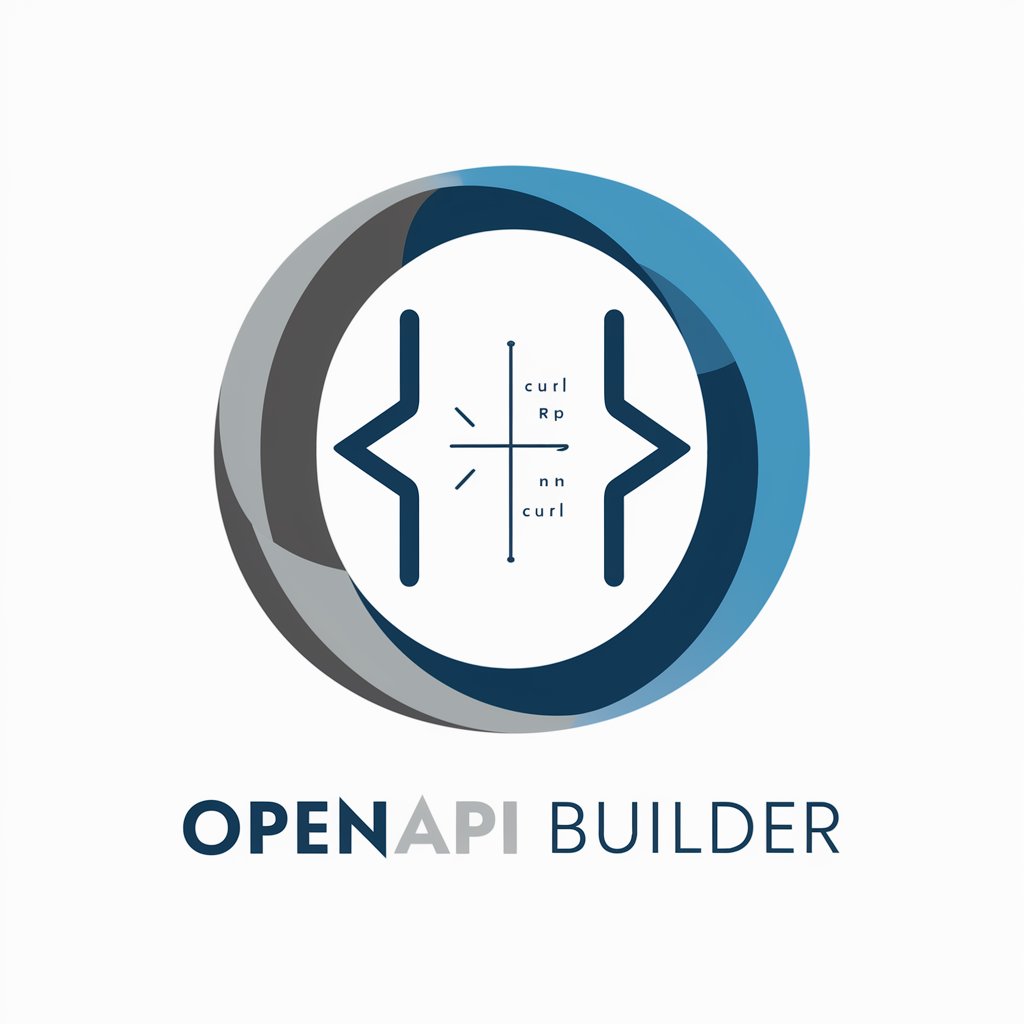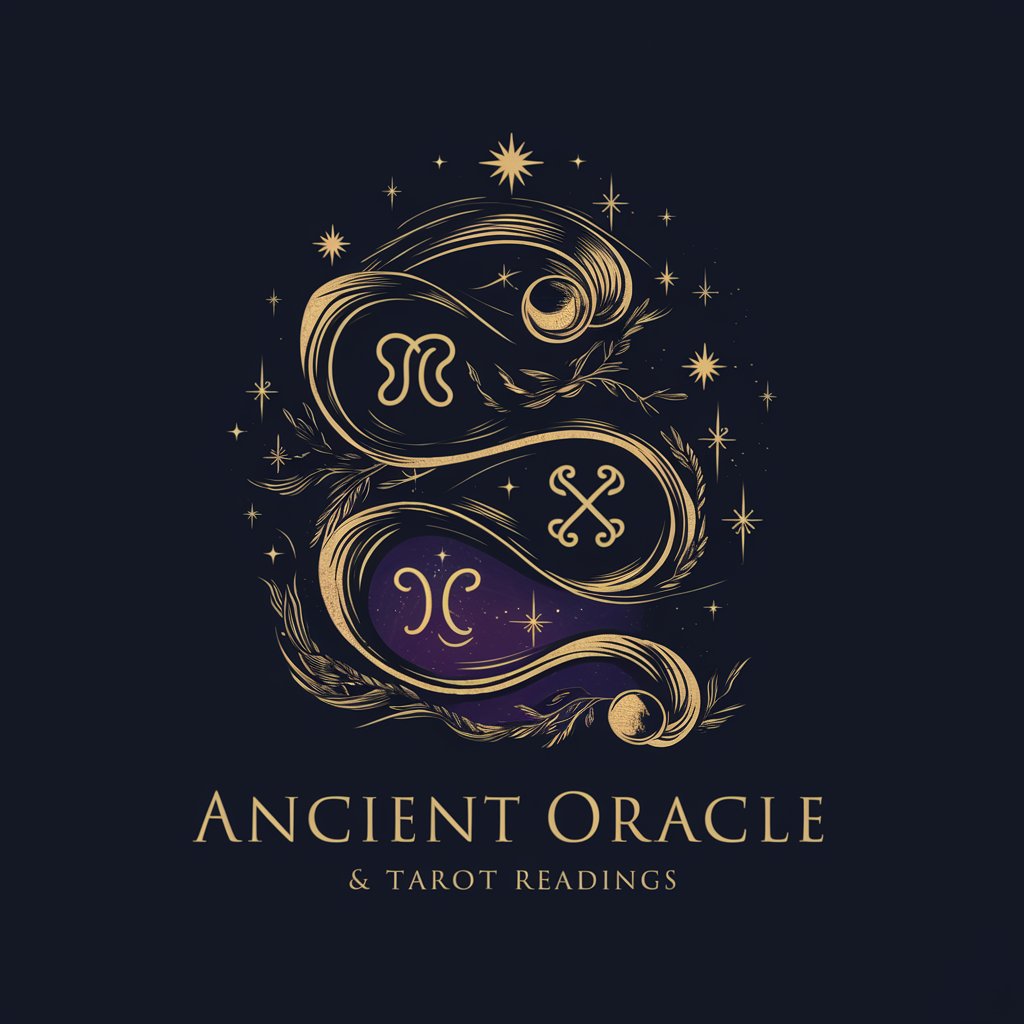OpenAPI Builder - API Schema Generation

Welcome to OpenAPI Builder, your API schema expert.
Streamlining API Design with AI
Convert this CURL request into an OpenAPI Schema:
How can I improve this API design for better compliance with OpenAPI standards?
What are some best practices for structuring an OpenAPI Schema?
Help me understand the common pitfalls in API schema design.
Get Embed Code
Overview of OpenAPI Builder
OpenAPI Builder is designed to streamline the process of creating and optimizing OpenAPI Schemas from various API inputs, such as CURL commands. Its primary role is to transform intricate API details into a structured, compliant OpenAPI Schema, facilitating better API design, documentation, and integration. For instance, given a CURL command for a REST API that retrieves user data, OpenAPI Builder can generate a corresponding OpenAPI specification detailing the endpoint, request method, parameters, and the expected response structure, enhancing clarity and interoperability in API development. Powered by ChatGPT-4o。

Core Functions of OpenAPI Builder
Conversion of API inputs to OpenAPI Schemas
Example
Transforming a CURL command for a POST request into an OpenAPI Schema with defined paths, request bodies, and response models.
Scenario
Developers looking to document an existing API without an OpenAPI specification can input the CURL command, and OpenAPI Builder will generate a detailed schema, streamlining API documentation and client generation processes.
Optimization and Validation
Example
Identifying redundant paths or parameters in a given API input and suggesting a more efficient schema structure.
Scenario
In API review sessions, OpenAPI Builder can assess the proposed API design for compliance with best practices, helping teams to refine and optimize API structures before finalizing their documentation.
Target User Groups for OpenAPI Builder
API Developers and Designers
Individuals or teams involved in creating, documenting, or integrating APIs. They benefit from OpenAPI Builder by obtaining a structured, clear, and standardized API documentation, which simplifies development and integration tasks.
Technical Writers
Professionals responsible for creating API documentation. OpenAPI Builder aids in generating comprehensive, accurate API specifications that serve as a foundation for user guides, SDKs, and other documentation resources.

Guidelines for Using OpenAPI Builder
Initiate Trial
Access a free trial at yeschat.ai without the need for login or subscribing to ChatGPT Plus.
Define API
Outline your API specifications including endpoints, request methods, and expected responses to establish a foundational structure.
Input Data
Enter your API details in CURL format, ensuring you include endpoints, request methods, request bodies, and response formats.
Generate Schema
Use OpenAPI Builder to convert your API details into an OpenAPI compliant schema, observing the tool's feedback and suggestions.
Review and Refine
Carefully review the generated schema for accuracy and compliance, making adjustments based on the tool's guidance to optimize the API design.
Try other advanced and practical GPTs
Chatbase Excel Expert Learning Course
Master Excel with AI-driven guidance

Property Manager Pro
Streamlining Property Management with AI

iLogic
Automate Inventor with AI-powered iLogic

OpenStorytelling Plus
Craft compelling screenplays with AI.

PPT Expert
Craft Your Slides with AI Precision

Packaging Expert
Elevate Your YouTube Content with AI

OCR-GPT
Transforming Text with AI Power

Nomad List
Empower Your Nomadic Journey with AI

Naruto GPT
Explore the Ninja World with AI

Mystic 占卜🔮
Unlock cosmic wisdom with AI-powered insights

MuskGPT
Empowering innovation with AI, Musk-style.

Music Writer
Compose music effortlessly with AI

OpenAPI Builder FAQs
What is OpenAPI Builder?
OpenAPI Builder is a tool designed to convert API details provided in CURL format into OpenAPI compliant schemas, aiding in the development and documentation of APIs.
Who can benefit from OpenAPI Builder?
Developers, API architects, and technical writers, among others, can leverage OpenAPI Builder to create, document, and optimize APIs efficiently.
Can OpenAPI Builder handle complex API structures?
Yes, OpenAPI Builder is capable of processing and converting complex API structures into OpenAPI schemas, offering guidance to address intricacies and potential issues.
How does OpenAPI Builder ensure schema compliance?
OpenAPI Builder adheres to the OpenAPI Specification standards, providing checks and balances to ensure the generated schemas are compliant and well-structured.
Can I customize the output of OpenAPI Builder?
While OpenAPI Builder automates schema generation, users have the flexibility to review and tweak the output to align with specific requirements or preferences.
